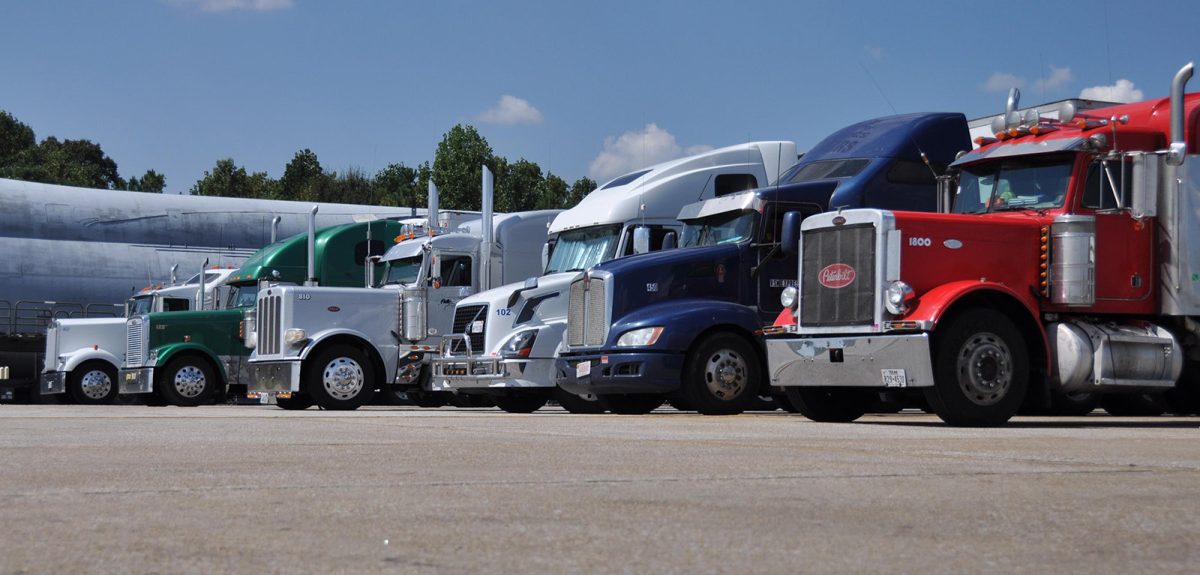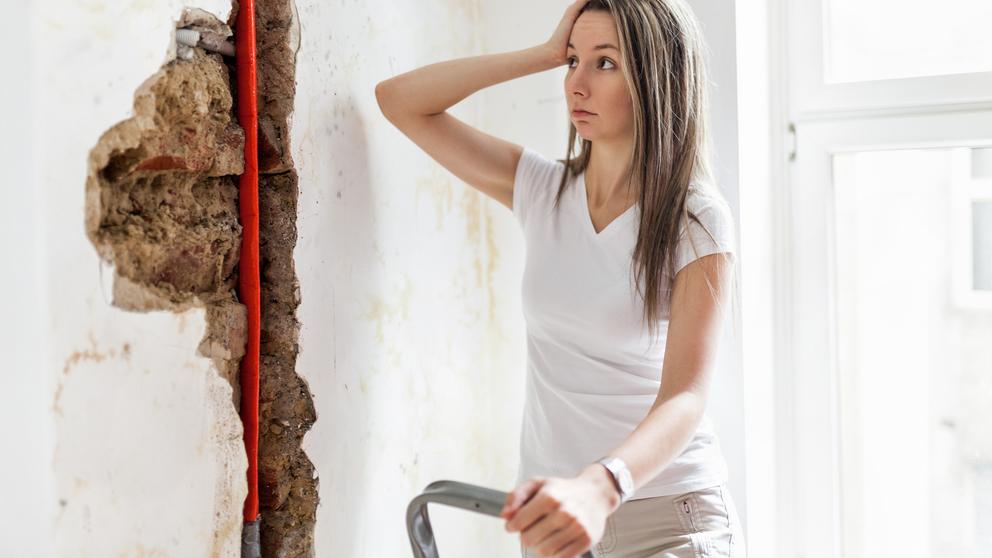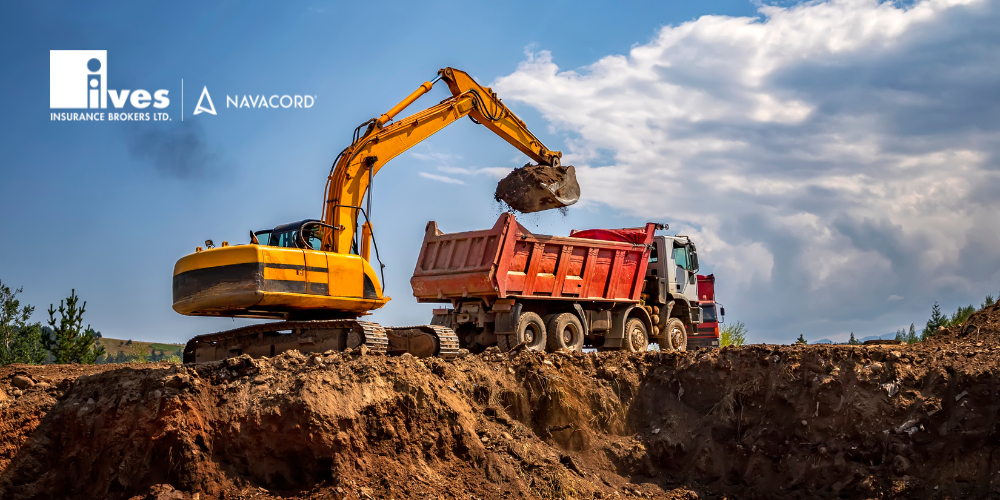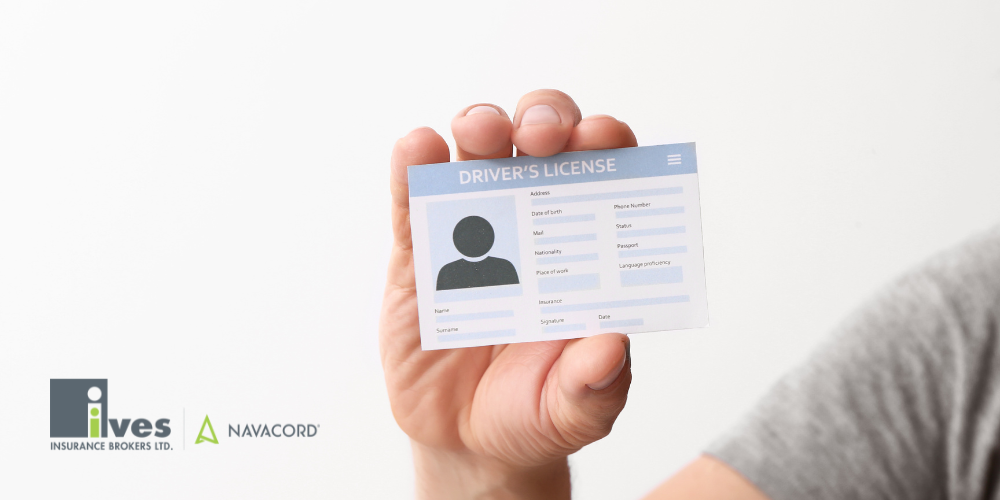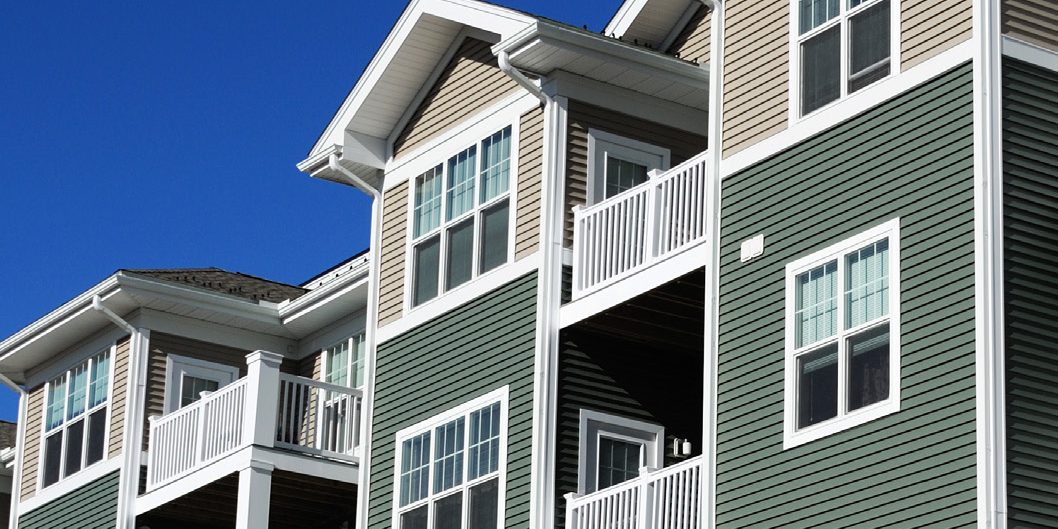
Condo Claims: The Complexities of Reporting Losses
In the world of condominium management, insurance claims can be a sensitive and often misunderstood topic. Property managers and condo boards frequently face difficult decisions when it comes to reporting losses, especially when the damage is isolated to a single unit. While the instinct to avoid impacting insurance premiums is

